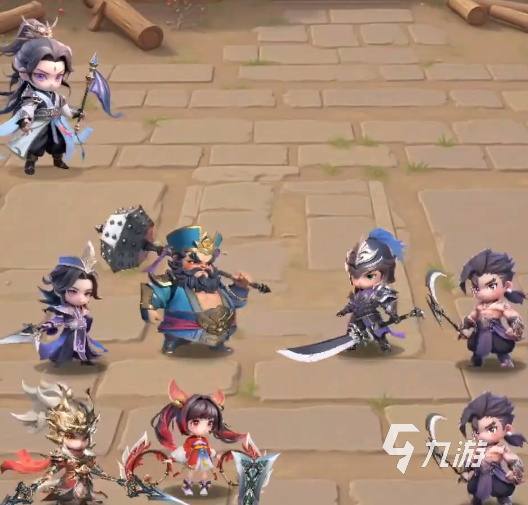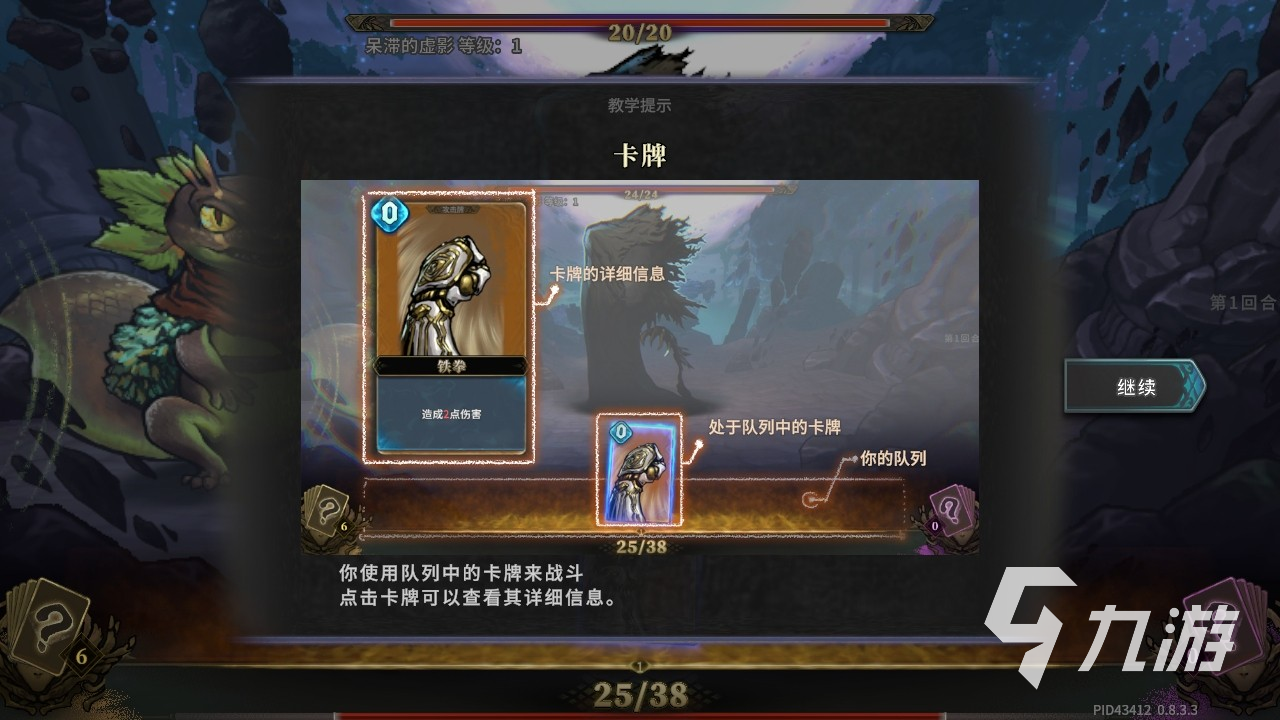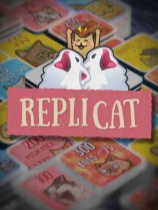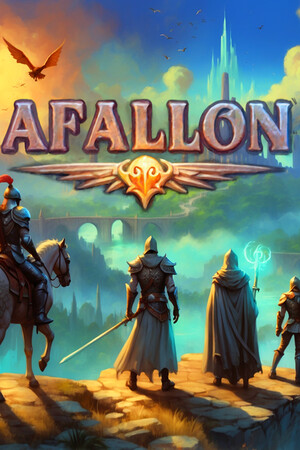超越Jquery_01_isPlainObject分析与重构
时间:2010-10-17 来源:笨蛋的座右铭
使用isPlainObject
首先我们来了解一下什么叫'纯粹的对象',简单的理解'纯粹的对象'指的就是由Object构造出来的对象。那哪些对象是由Object构造出来的呢。首当其充的肯定是由new Object()所构造出来的对象,注意:在Object后的括号里可没加任何东西。因为Object是所有'类'的根基,因此它有一些特殊的行为,如当调用new Object(3)的时候,会构造一个Number类型的对象。new Object('')会构造一个String类型的对象。然后以{}这种形式定义的对象也属于'纯粹的对象'。'{}'的实质就是new Object(),只是表现形形式不同。好,让我们来看一段代码:
var objStr = new Object('');
alert(objStr.constructor);//String
alert(isPlainObject(objStr));//false
var objNum = new Object(3);
alert(objNum.constructor);//Number
alert(isPlainObject(objNum));//false
function Person(){}
var person = new Person();
alert(isPlainObject(person));//false
var obj01 = new Object();
obj01.name = '笨蛋的座右铭';
alert(isPlainObject(obj01));//true
alert(isPlainObject({name:'笨蛋的座右铭'}));//true
isPlainObject源码分析
以下代码为Jquery中的isPlainObject的完整版本,注释已经很详尽了,我就不多说什么了。
var toString = Object.prototype.toString,
hasOwnProperty = Object.prototype.hasOwnProperty;
function isPlainObject( obj ) {
// Must be an Object.
// Because of IE, we also have to check the presence of the constructor property.
//Make sure that DOM nodes and window objects don't pass through, as well
//windows objects:toString.call(window):IE [object Object] FF [object Window] chrome [window global] safari [object DOMWindow]
//DOM nodes:toString.call(#div01):IE [object Object] FF [object Window] chrome [object global] safari [object DOMWindow]
//结论:obj.nodeType || obj.setInterval主要是针对于IE浏览器进行判断
//注:history,location,navigator,screen的setInterval为undefined
if ( !obj || toString.call(obj) !== "[object Object]" || obj.nodeType || obj.setInterval ) {
return false;
}
// Not own constructor property must be Object
// 除去自定义对象和内置对象的判断,如function Person(){} var p = new Person();String,Number
if ( obj.constructor //有constructor属性
&& !hasOwnProperty.call(obj, "constructor") //并且constructor这个属性必须是在原型链中进行定义的
&& !hasOwnProperty.call(obj.constructor.prototype, "isPrototypeOf")//并且原型中有isPrototypeOf方法,一般只有Object的原型中才有这个方法
) {
return false;
}
// Own properties are enumerated firstly, so to speed up,
// if last one is own, then all properties are own.
//针对于复杂类结构,如有继承...
/*
//一个简单的测试
function Animal(name){
}
function Person(name,age){
Animal.call(this,name);
this.age =age;
}
var p = new Person('jxl',20);
for(key in p){
alert(hasOwnProperty.call( p, key ))//true , false
}
*/
var key;
for ( key in obj ) {}
return key === undefined || hasOwnProperty.call( obj, key );
}
提出问题
个人感觉这个实现比较复杂,而且有BUG。
简单的BUG,history,location,navigator,screen可以顺序通过 isPlainObject的检测返回true.
来看一个我的解决方案(修改BUG,简化):
function isPlainObject(obj){
if(obj&&Object.prototype.toString.call(obj)==="[object Object]"&&obj.constructor===Object &&!hasOwnProperty.call(obj, "constructor")){
var key;
for ( key in obj ) {}
return key === undefined || hasOwnProperty.call( obj, key );
}
return false;
}
还有BUG,而且是一个无解的BUG:
function m(){};
m.prototype.constructor=Object; //必杀
obj=new m;
alert(isPlainObject(obj)); //true
再来一个同理的:
function m(){};
m.prototype = {};
obj=new m;
alert(isPlainObject(obj)); //true
这个答案是无解的!
解答无解
本以为这个问题很好解决,结果深入后,发现这是一个无解的问题。原因如下:
function Person(){};
Person.prototype.constructor=Object;
var person=new Person;
让我们来看一下person现在的状态:

person和其构造函数Person唯一的联系就是其prototype链中的constructor属性。而在我们判断是否为'纯粹的对象'主要是依据对象实例的constructor进行的。如果我们将其指向Object,正如图中看到的那样,那么person和Person在代码上就没有关系了。也正是因为这一点,让类型的判断出现了问题。









